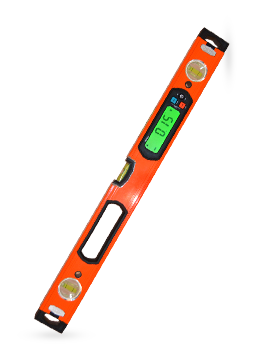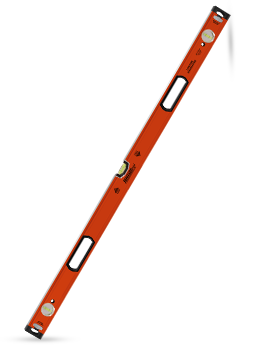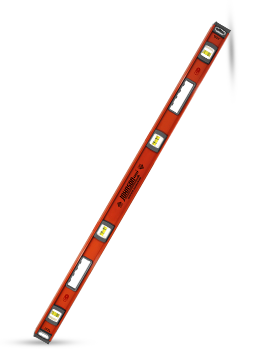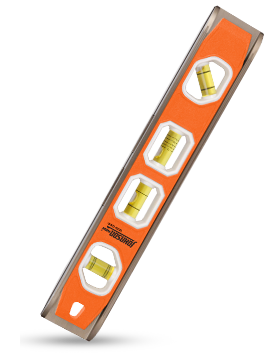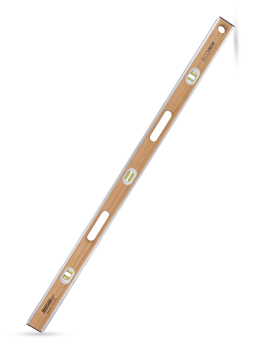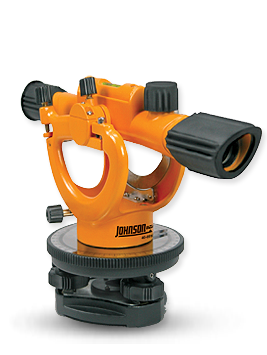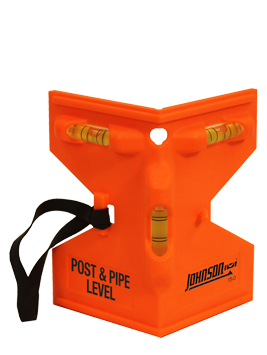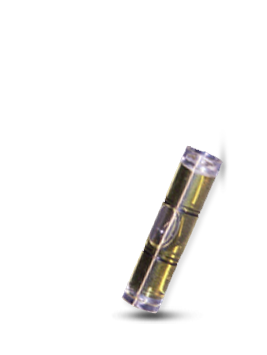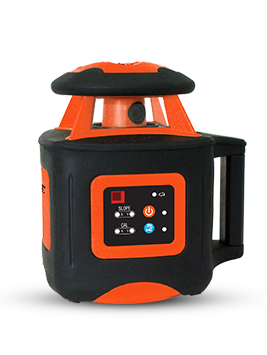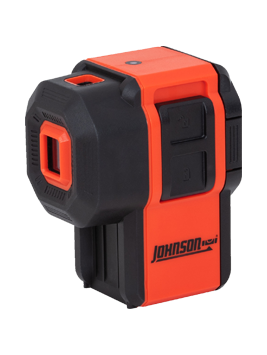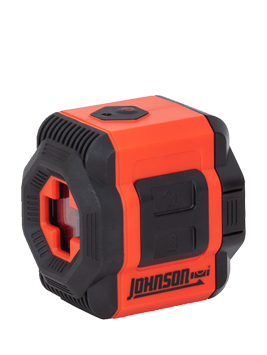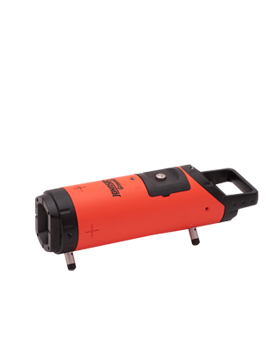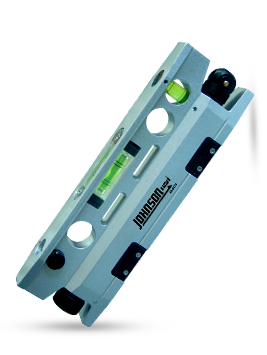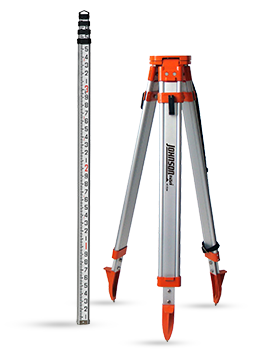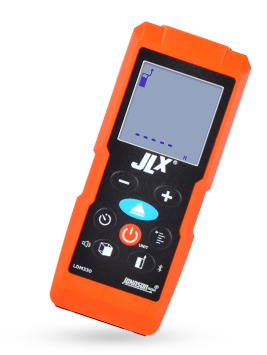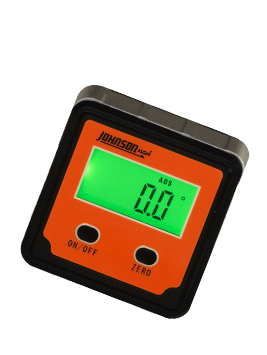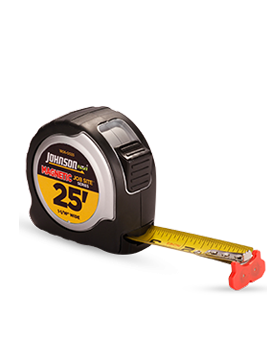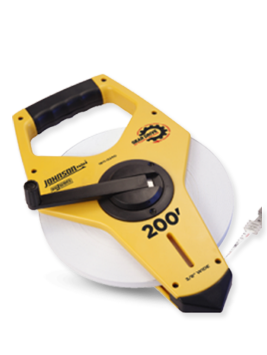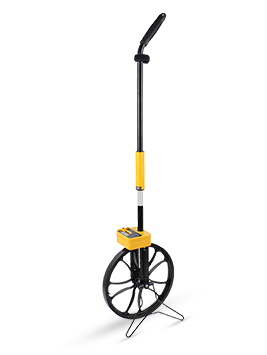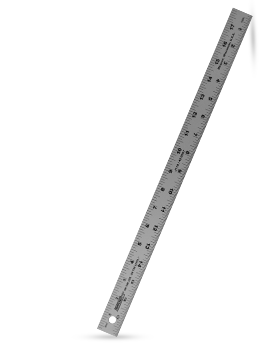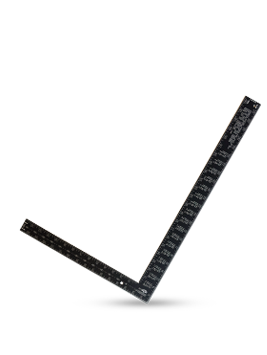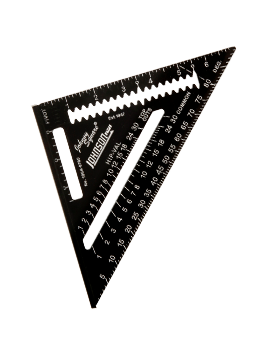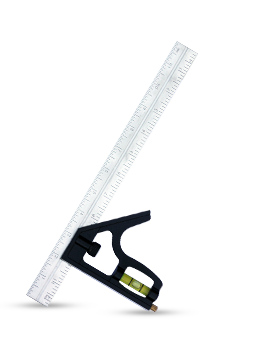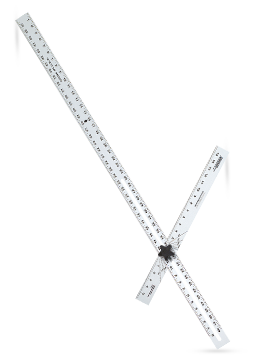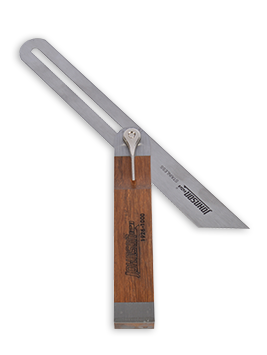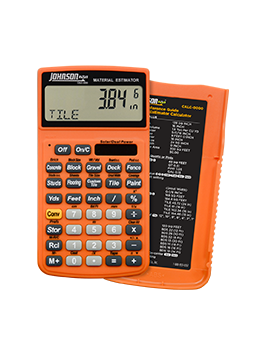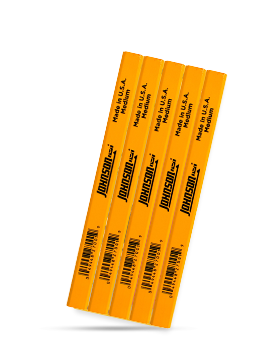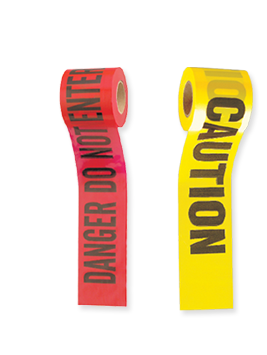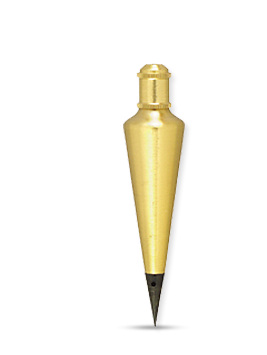Measuring Wheels
A measuring wheel, formally called a surveyor's wheel, is a construction measuring tool. The origin of the measuring wheel dates back the 17th Century alongside the evolution of the odometer. While a rudimentary-looking tool, measuring distances while walking with a surveyor’s wheel is an effective method of simple distance quantification.
In modern times, the surveyor’s wheel is primarily used for just that – surveying. Generally, a measuring wheel is constructed using an aluminum (or other metal) body and solid or pneumatic tires. As you walk, you push or pull the device alongside. The wheel rotates and, using basic rotational kinematics (s=rθ), you can determine the distance between two points.
The more flat the surface being traveled along, the more accurate your measurement will be. Elevation changes, rough or soft terrain, or ground debris can affect the measurement. Accurate surveyors will compensate for such circumstances by estimating or using surveyor’s tape. Measuring wheels are used largely used for lower accuracy measurements – which is to say, they’re used to get idea of how long a given distance is or used for distances where surveyor’s tape alone would be impractical.
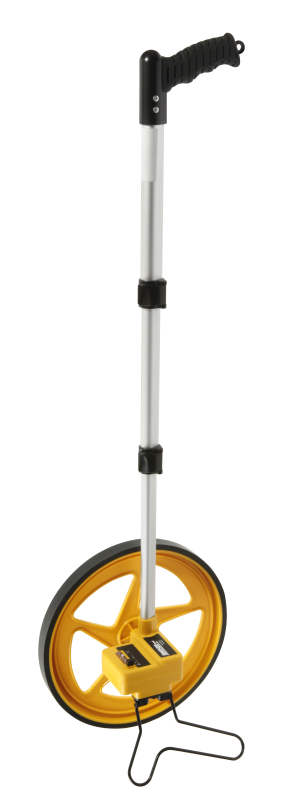 How to Use a Measuring Wheel
How to Use a Measuring Wheel
- Make sure the wheel surface is clean. Any dirt or loose impediments can affect the measurement. Remember, the length is based upon the wheel’s rotation.
- Place the tool exactly where the measurement starts. Rotation is proportional to length, so it’s important to keep starting and ending points precise.
- As you walk, keep a steady pace. Changing pace can affect the wheel’s rotation.
- When you reach your ending point, pick the device up. This avoids any further wheel rotation.
- Take your measurement.
For more information on proper tool use, visit Johnson Level's how-to guide on level and tools.
View all measuring wheels for sale from Johnson Level.
